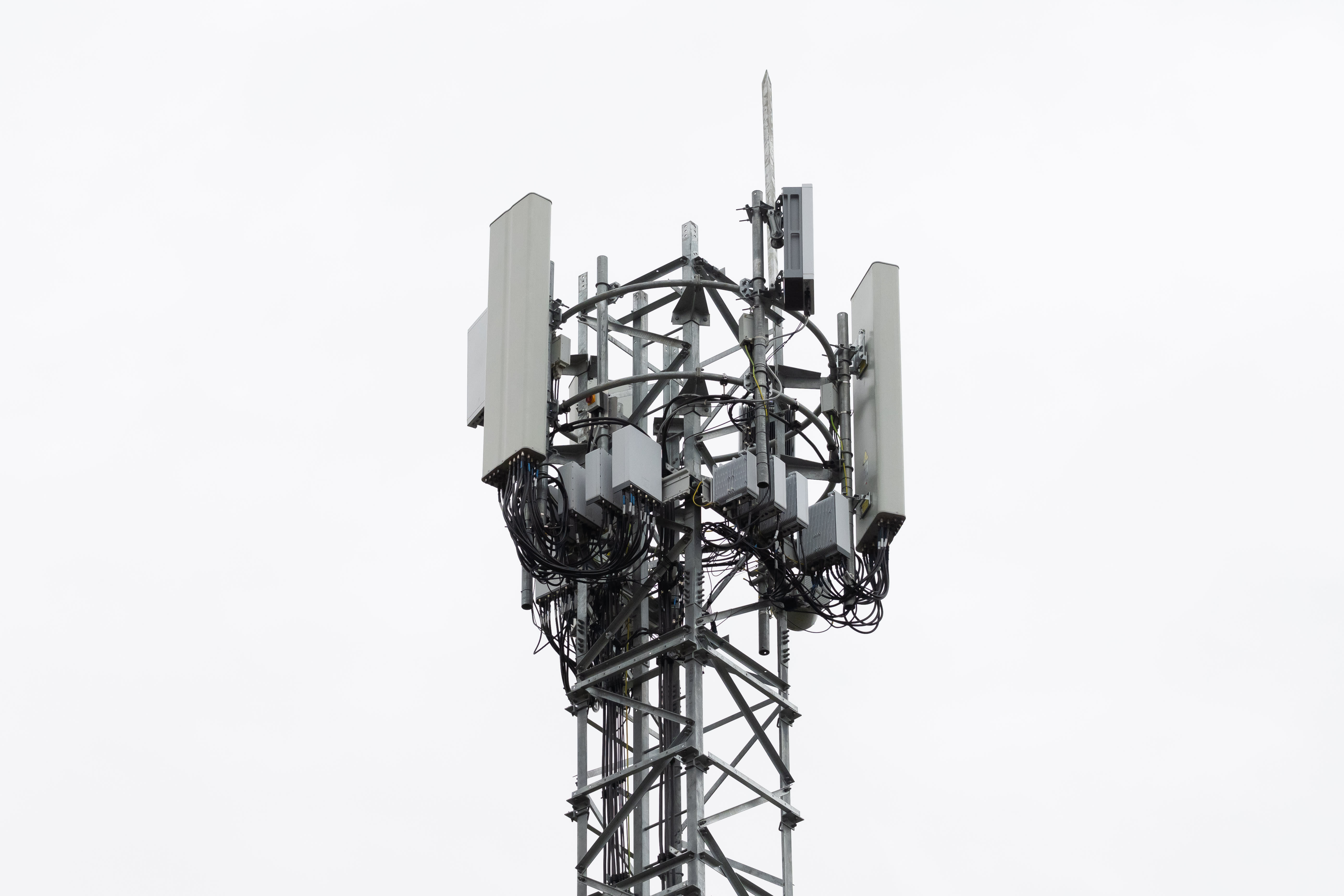In the event that you? ve ever before strolled via a town, you may possess spotted small mini 5G cell podiums on street light-weight poles. These show up like small boxes, but they? safe distance from cell tower transmitting cordless signals from mobile carriers to your own phone.
These smaller sized, purpose-built cell towers are replacing greater, purpose-built ones. Although what is a safe distance from a cell tower , they may nevertheless present issues for individuals.
Typically the FCC? s Light Exposure Thresholds
The Radiation Exposure Thresholds of the FCC establish the risk-free distance from which a person could possibly be exposed to electromagnetic radiation from cellular devices. The direct exposure limitations are based on scientific evidence indicating that RF energy may get hazardous to individuals health.
The particular intake rate (SAR) quantifies the radiofrequency power absorbed by tissue. safe distance to live from cell phone tower is usually 1. 6 m per kilogram, proportioned across one gram of tissue.
However, since 5g transfers at higher frequencies, it may stimulate more energy strength within the skin and even other immediately exposed body parts. This could result in some sort of variety of possible consequences, such since the accelerated growth of skin health problems such as eczema, skin cancer, in addition to cataracts.

Due associated with the potentially extreme consequences of 5g radiation, PSU offers opted to impose a general localized power density constraint of 4 mW/cm2 averaged over just one cm2, and not really to exceed thirty minutes, for all those 5G services at 3000 GHz. This enclosed limit is constant with the maximum spatial-average SAR associated with 1. 6 W/kg averaged across just one g of tissue at 6 Gigahertz.
The FCC? s Maximum Exposure Thresholds
If you've actually used a mobile phone, a person surely realize that an individual must be at the least 400 meters away from the tower for safety. This is expected to the truth that the indication strength of your cellular tower grows significantly with distance.
Although this may appear like a wonderful concept, truth be told that individuals living all around may be may be even more prone to wellness issues. A 2014 research in Indian, for instance, pointed out that persons who else resided within 50 meters of portable towers had greater health concerns compared to those who resided farther away.
However, this research furthermore revealed that signs and symptoms returned to typical within a few days and nights for persons which relocated to spots distant from mobile towers. Several research have indicated of which exposure to substantial degrees of radiofrequency electromagnetic fields (EMFs) might induce cancer, brain tumors, and various other health concerns.
RF radiation, which is definitely used in wireless communication, may permeate the outermost layer of the body, the skin. The skin functions since a protective obstacle against mechanical destruction, infection by pathogenic bacteria, and typically the admission of unsafe chemicals. It will be responsible for protecting the integrity associated with other organs and it is the biggest body organ in the human body.
Minimum Exposure Thresholds of the FCC
The FCC's Minimum Exposure Thresholds are based on a number of unsupported scientific assumptions. They range from the invalid notion that short-term exposures to RF radiation are safe still to pay to low penetration into the human body (i. e., tissues heating) (i. at the., tissue heating).
In addition, the assumption disregards the deeper transmission from the ELF elements of modulated RF signals plus the effects of brief temperature bursts from pulsed RF waves. These kinds of assumptions usually do not line-up with the existing knowledge of typically the biological effects regarding RF radiation; hence, they should not be utilized to establish health-protective exposure limitations.
In addition , the ICNIRP and FCC constrict their maximum exposure limits to area peak SARs structured on the peak spatial specific consumption rate (psSAR), which is an insufficient dosimetric technique for evaluating the degree of RF the radiation exposure. Specifically, psSAR is incorrect in frequencies greater as compared to 6 GHz. Additionally, psSAR is not investigated for RF rays with co-exposure to be able to other environmental elements such as the sun. Interactions between radiofrequency (RF) radiation and other environmental elements may have antagonistic or synergistic results. This would increase the likelihood of dangerous health outcomes. Co-exposure to RF the radiation and sunshine, with regard to instance, may enhance the risk of skin area cancer and intensify other skin problems, for example acne.
